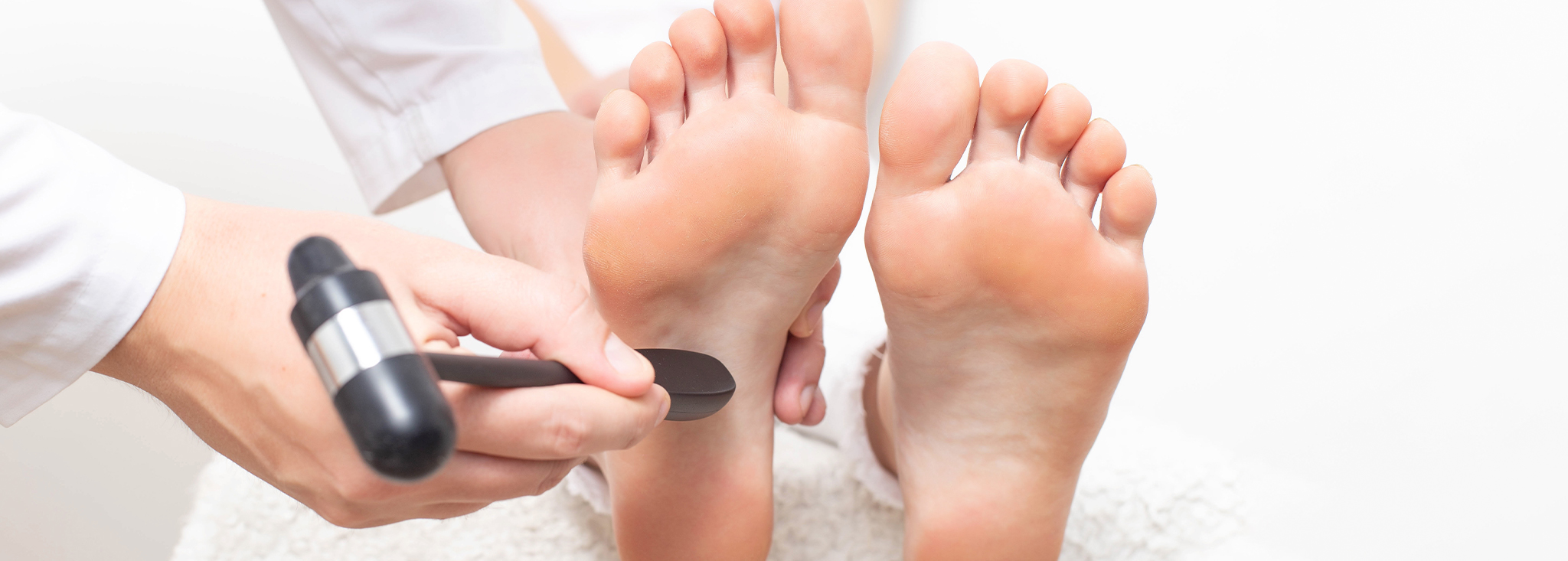T1D & Autoimmune Arthritis
Written by: Beyond Type 1 Editorial Team
2 minute read
May 25, 2018
Although there are over 100 different types of arthritis and related diseases, the most common type is rheumatoid arthritis (RA), which is an autoimmune disease that results in the degradation of joint tissue. This leads to joint pain, swelling, and loss of function. If caught early, RA can be treated aggressively with medication that may lead to remission of symptoms, although this is often not the case because RA is usually not caught until symptoms are severe. There are different methods of treating RA, although they could be complicated by diabetes management, such as steroids that raise blood sugar.
Editor’s Note: This content has been verified by Marina Basina, MD, a clinical associate professor at Stanford University. She’s a clinical endocrinologist and researcher with a focus on diabetes management and diabetes technology. Dr. Basina is an active member of multiple medical advisory boards and community diabetes organizations, and she is on the Beyond Type 1 Science Advisory Council.
What is Autoimmune Arthritis?
Autoimmune arthritis is a broad term that describes when an autoimmune attack in the body causes arthritis. The most common form of autoimmune arthritis is rheumatoid arthritis, although there are over a hundred different types of arthritis and related diseases. In rheumatoid arthritis, the immune system mistakenly attacks the body’s tissues that line the joints, which ultimately results in painful swelling of the joints. Other kinds of arthritis that are common are ankylosing spondylitis and psoriatic arthritis. Ankylosing spondylitis is chronic inflammation of the spine and the sacroiliac (a rigid joint at the back of the pelvis) joints, and psoriatic arthritis is the inflammation of the skin and joints. These three types of inflammatory arthritis combined affect around 4 million people in the United States, and an estimated 350 million people worldwide have rheumatoid arthritis.
Like type 1 diabetes, rheumatoid arthritis and other autoimmune arthritis types are caused by an autoimmune attack in the body. This similarity means that arthritis and diabetes are risk factors for each other; 47 percent of adults with type 2 and type 1 diabetes have arthritis (arthritis.org). According to a recent study in the Journal of Diabetes and Its Complications, women with type 1 diabetes (T1D) are far more likely to also develop rheumatic diseases including rheumatoid arthritis than men—three times more likely, in fact. One explanation for this is that both of these autoimmune diseases have genetic risk factors, and these risk factors may overlap.
Signs and Symptoms of Rheumatoid Arthritis:
- Fatigue
- Joint pain, tenderness, swelling, redness, or warmth
- Lost range of motion or function in joints
- Anemia
- Fever
- Limping
Getting a Diagnosis
Unfortunately, rheumatoid arthritis is often not diagnosed early because the signs often seem like other diseases. Furthermore, there is no single test that can confirm RA. However, if RA is suspected, your doctor will perform a physical test to examine joints for swelling. They may also order blood tests to test your erythrocyte sedimentation rate, C-reactive protein, a rheumatoid factor, or anti-cyclic citrullinated peptide antibodies. If all of those terms confuse you, don’t worry—your doctor will be the one to order the tests!
Treatment
Unfortunately, there is no known cure for RA. However, if RA is caught early, recent discoveries indicate remission of symptoms if you take disease-modifying anti-rheumatic drugs. Your doctor may order different imaging tests such as x-rays to regularly check up on the progression of your RA. Depending on your specific case and the severity of your symptoms, your doctor will recommend different medications. This might mean non-steroidal anti-inflammatory drugs, but it might also mean steroids, disease-modifying anti-rheumatic drugs, or other biological agents.
Type 1 diabetes considerations in treatment
You and your doctor should take into account your type 1 diabetes diagnosis when evaluating which treatment is right for you. For example, steroids often raise blood sugar levels, which will make diabetes management more difficult. Another risk that is associated with RA treatments is increased risk of infection, which is complicated to resolve when you have type 1 diabetes.

Author
Beyond Type 1 Editorial Team
Beyond Type 1 is the largest diabetes org online, funding advocacy, education and cure research. Find industry news, inspirational stories and practical help. Join the 1M+ strong community and discover what it means to #LiveBeyond a diabetes diagnosis.
Related Resources

Editor's Note: This content has been verified by Marina Basina, MD, a clinical associate professor...
Read more

Editor's Note: This content has been verified by Marina Basina, MD, a clinical associate professor...
Read more

Editor's Note: This content has been verified by Marina Basina, MD, a clinical associate professor...
Read more